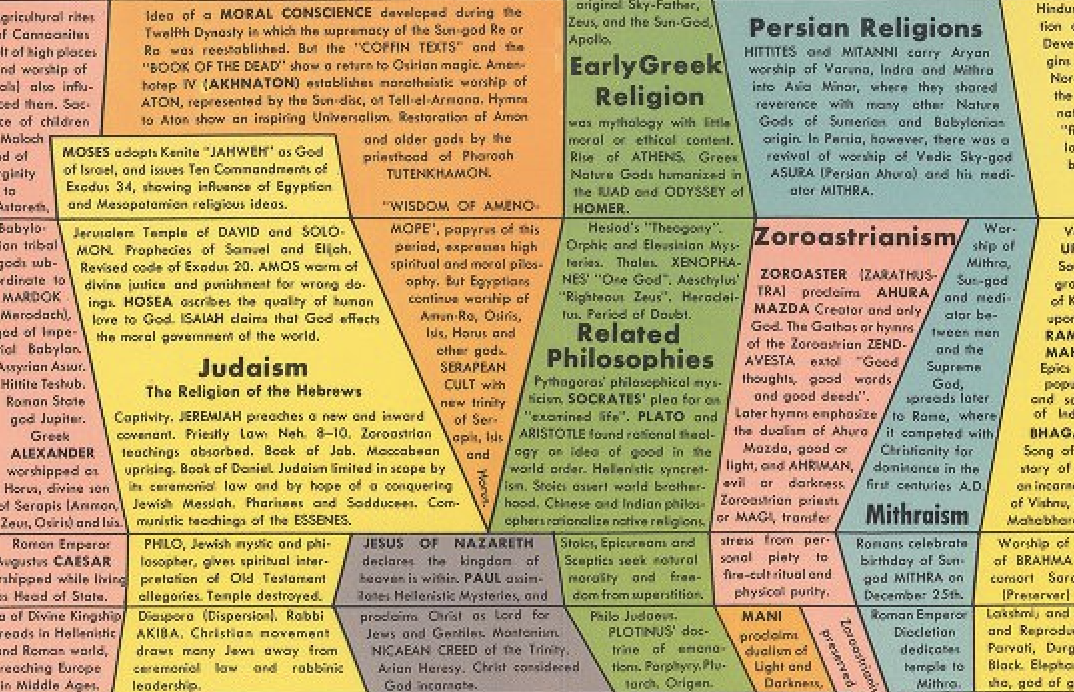There was a time, not so very long ago, when many Americans watching movies at home neither knew nor cared who directed those movies. Nor did they feel particularly comfortable with dialogue that sometimes came subtitled, or with the “black bars” that appeared below the frame. The considerable evolution of these audiences’ general relationship to film since then owes something to the adoption of widescreen televisions, but also to the Criterion Collection: the home-video brand that has been targeting its prestige releases of acclaimed films squarely at cinephiles — and even more so, at cinephiles with a collecting impulse — for four decades now.
“The company’s first release was a LaserDisc edition of Citizen Kane that included supplementary materials like a video essay and extensive liner notes on the provenance of the negative from which the restoration was made,” writes the New York Times’ Magazine’s Joshua Hunt in a recent piece on how Criterion became a (or perhaps the) cinematic tastemaker.
“Next came King Kong, which featured the first ever audio-commentary track, inspired, as an afterthought, by the stories that the film scholar Ronald Haver told while supervising the tedious process of transferring the film from celluloid.”
With the coming of the more successful DVD format in the late nineteen-nineties, such audio-commentary tracks became a staple feature of video releases, Criterion or otherwise. They were a godsend to the cinephiles of my generation coming of age in that era, a kind of informal but intensive film school taught by not just expert scholars but, often, the auteurs themselves. “Some of the earliest were recorded by Martin Scorsese for the Taxi Driver and Raging Bull LaserDiscs, which helped cement his influence on an entire generation of young directors” — including a certain Wes Anderson, who would go on to record commentary tracks for the Criterion releases of his own pictures.
At this point, Criterion has “become the arbiter of what makes a great movie, more so than any Hollywood studio or awards ceremony.” It’s also amassed an unusually dedicated customer base, as explained in the Royal Ocean Film Society video “The Cult of the Criterion Collection.” “We’re at a point in film culture where brands are increasingly more popular than products,” says host Andrew Saladino, a self-confessed Criterion devotee. “More and more, it seems as though the films and the people who made them are secondary to the name and logo of the company behind them,” a phenomenon that Criterion — itself a kind of media universe — somehow both participates in and rises above.
“While studios and streaming services chase audiences by producing endless sequels and spinoffs,” writes Hunt, “Criterion has built a brand that audiences trust to lead them.” I can testify to its having led me to the work of auteurs from Chris Marker to Jacques Tati, Akira Kurosawa to Yasujiro Ozu, Robert Altman to Nicolas Roeg. Today, budding cinema enthusiasts can even benefit from the advice of famous directors and actors for navigating its now‑1,650-title-strong catalog through its “Criterion closet” video series. Recently, that closet has hosted the likes of Paul Giamatti, Willem Dafoe, and Wim Wenders, who pulls off the shelf a copy of his own Until the End of the World — which Criterion released, of course, in its nearly five-hour-long director’s cut. “I always think this is maybe the best thing I’ve done in my life,” he says, “but then again, who am I to judge?”
Related content:
The Art of Restoring Classic Films: Criterion Shows You How It Refreshed Two Hitchcock Movies
Martin Scorsese Names His Top 10 Films in the Criterion Collection
Steve Buscemi’s Top 10 Film Picks (from The Criterion Collection)
Slavoj Žižek Names His Favorite Films from The Criterion Collection
120 Artists Pick Their Top 10 Films in the Criterion Collection
A Celebration of Retro Media: Vinyl, Cassettes, VHS, and Polaroid Too
Based in Seoul, Colin Marshall writes and broadcasts on cities, language, and culture. His projects include the Substack newsletter Books on Cities, the book The Stateless City: a Walk through 21st-Century Los Angeles and the video series The City in Cinema. Follow him on Twitter at @colinmarshall or on Facebook.









